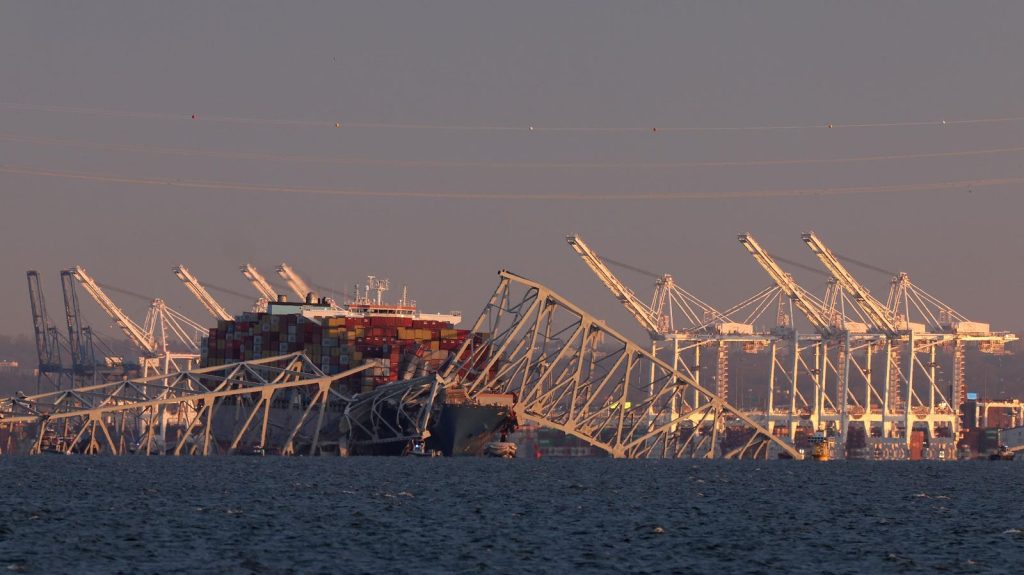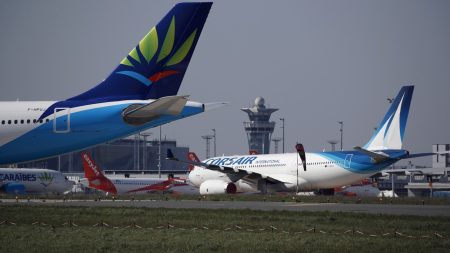The collapse of the Baltimore bridge caused by the container ship Dali has led to the closure of the Port of Baltimore and rerouting of vessels, impacting supply chains. While Baltimore is not a major port in terms of volume, it is essential for roll-on/roll-off shipments such as cars and trucks. This will create some challenges for manufacturers like Deere and Caterpillar moving products overseas, but the impact on finished goods should be minimal compared to previous supply chain crises post-Covid-19.
The collapse also affects a major interstate highway, but alternative routes exist, minimizing the impact on supply chains. Despite claims of infrastructure crumbling and fragile supply chains, the Key Bridge collapse was largely due to a container ship hitting it directly. While there is a need for more investment in infrastructure, the collapse of the bridge does not prove the fragility of supply chains.
Resilience and vigilance in logistics firms have helped reroute shipments and prevent any vehicle loss during the bridge collapse. The system has improved since the 2015 U.S. West Coast port strike, and supply chain managers are better equipped to handle crises in crucial choke points like the Suez Canal and Panama Canal. While there are incentives to exaggerate the supply chain angle of the bridge collapse, it is essential to maintain public trust by providing accurate information and avoiding unnecessary panic.
Overall, the impact of the Baltimore bridge collapse on supply chains is expected to be minor compared to other supply chain crises. While the collapse is a tragic event that will be remembered by the people of Baltimore, it should not be used as evidence of systemic supply chain issues. The incident highlights the importance of a resilient and vigilant supply chain system that can adapt to unexpected events and disruptions. So while there will be challenges for specific industries and regions, the supply chain system as a whole is better equipped to handle such incidents than in the past.















